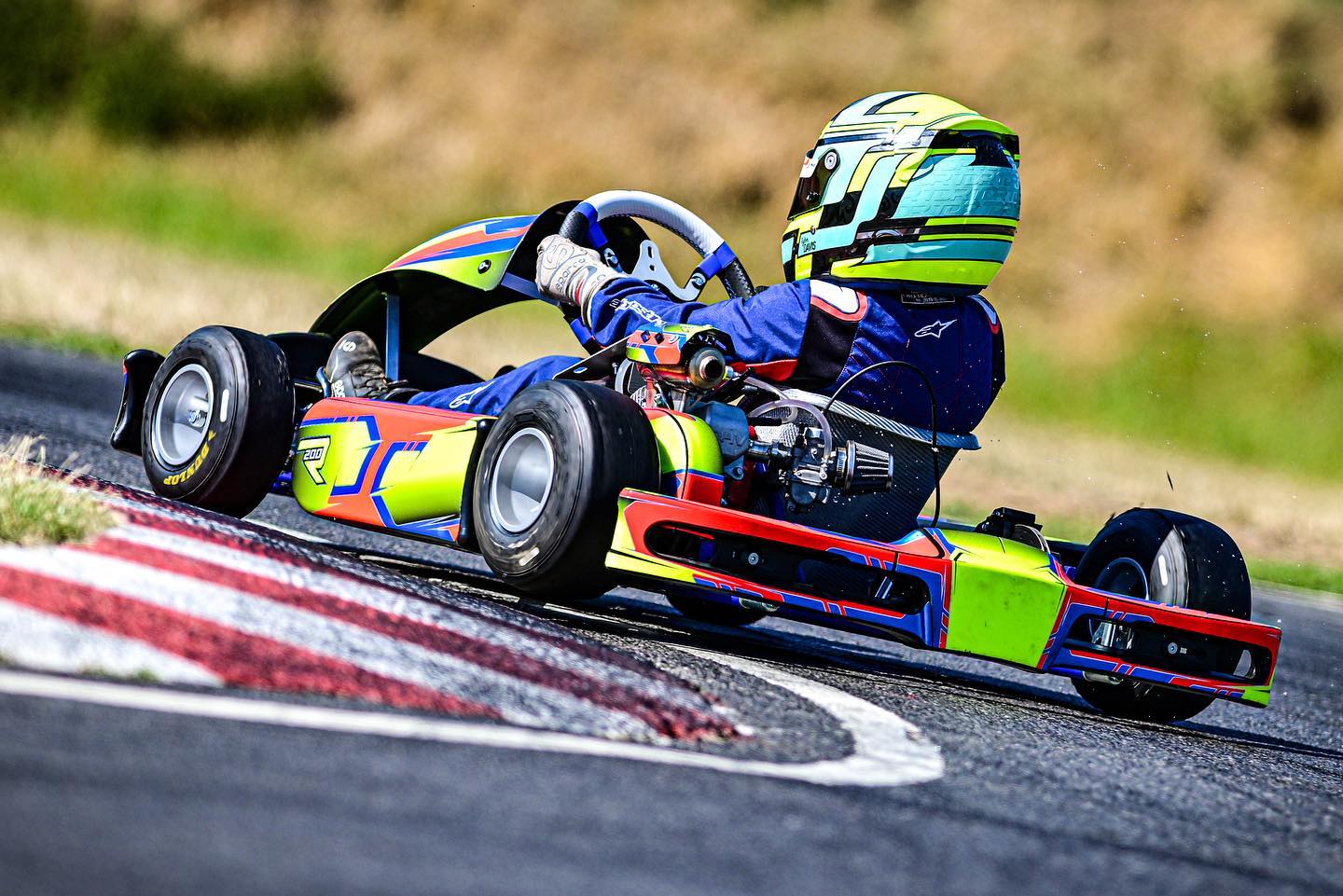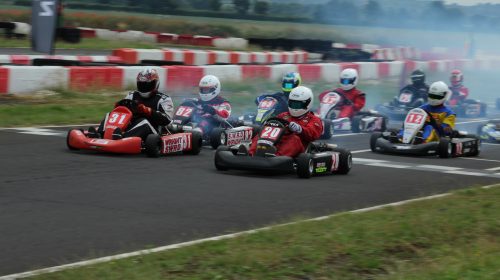Inters: What is it all about?
Image © Stu Stretton
The world of karting classes is about to be turned on it’s head for 2023, as the new ‘MSUK Pathway’ comes into effect. What it will see is the shrinking of the age range covering the majority of classes, and the introduction of the new ‘intermediate’ classes.
Intermediates will sit between the traditional cadet and junior classes, with drivers able to enter from the year of their 10th birthday and leaving the class at age 13. Drivers will still have the option of staying in cadets up until the age of 12, with juniors becoming an option on the year of a driver’s 13th birthday. Effectively, where the Mini Max class has sat since.
The class will use the CIK specification 950mm wheelbase chassis, with the 900mm variants being usable in cadets for the next 3 years, before that too switches to the CIK spec frames. According to MSUK, the introduction of the 950 chassis has seen a ‘record number of homologation requests’ from manufactures who want to get in on the UK Karting scene.
The class is also well supported in terms of engine options, with offerings from Iame, Rotax, RPM (Honda) and TKM with Vortex due to enter the game in 2024 with the new OK-N classes. For the most part, the Inter class will use tuned up versions of the manufactured cadet engines, with the exception of TKM, who will enter cadet karting for the first time with a restricted version of their 100cc TAG engine used in the junior category. It is strange to see a 100cc TKM engine on a cadet chassis.
There are also some new introductions in the cadet classes with the Honda cadet class switching to the GX200 offering, which has been used in club championships for many years as well as Iame phasing out the gazelle air cooled engine in favour of the Water Swift unit which has been used across the globe for a few seasons now. The water swift is a 60cc version of the X30 unit that has been running in the UK for a few years. Like the X30, the radiator and engine are on opposite sides of the kart. The unit produces up to 10hp and is equipped with a Tillotson carb and electric starter. The Water Swift will also replace the mini X30 class that used to be a rival to Mini Max.
Despite this, the response from the karting world hasn’t been as warm as MSUK would have wanted, many citing the addition of 6 new classes to the MSUK scene as a needless dilution of classes, which will most likely see smaller grid sizes across the board. Many harken back to a time where there was just a handful of classes with multiple manufactures contesting them. Now, everything appears to be a one make series.
Many are supportive of the changes, which should mark an end to the £20k cadet engines and make the grids more competitive. The world of Honda Cadet racing is particularly poor for this, with parts for the GX160s becoming rare and ‘championship winning’ engines coming up at over £5,000 for something that starts from just £600 from RPM is a touch crazy. The Iame Gazelles aren’t much better with huge asking prices being commanded for engines that will soon be leaving the British Championships not un-common.
For us, we want to see big grids of close racing while also making the sport more financially possible for more families. If intermediates can provide that, then it should only be a good thing. Our only concern is the confusion that this new class causes, as the age ranges for cadets, inters & juniors all overlapping. It is possible for a driver to go straight from cadets into juniors at 12 years old.
What are your opinions on the new Intermediate classes, are they a good thing or will they prove to be the latest casualty in the ballooning history of UK karting classes.




